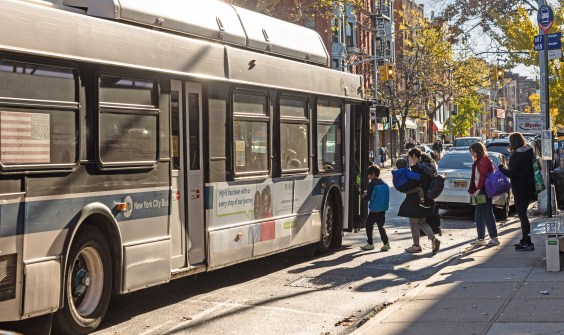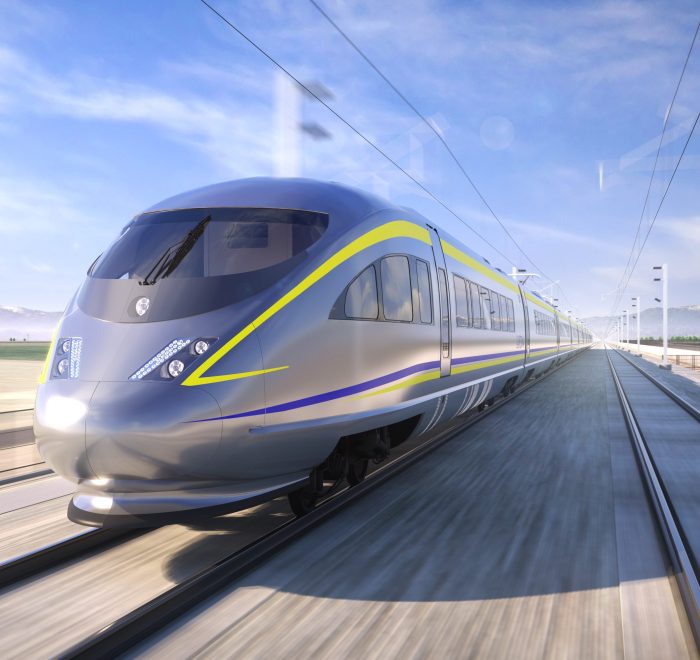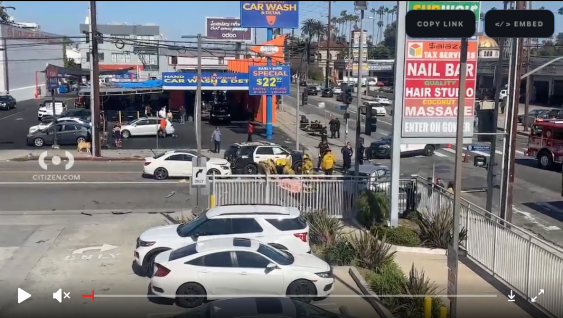In an inexplicable move, a railroad industry organization honored U.S. Representative Jeff Denham (R-Turlock) with an award for his leadership on “policies that help ensure the vitality of railroads in the United States.”
Yes, this is the same Jeff Denham who tried to stop federal funding for the electrification of Caltrain last year—an attempt that ultimately failed. He's also the same Jeff Denham who vehemently opposes the California High Speed Rail (CAHSR) project.
He has also, as pointed out by Railway Age's editor-in-chief William Vantuono, tried to get political points by showing gratuitous and unmerited hostility towards freight railroads and Amtrak, issuing a press release stating that he was “staring down the railroads” to stand up for Americans.
Or maybe it was just grandstanding. Industry leaders seem to believe that Denham is “an important pro-railroad vote.”
But it's hard to see how grandstanding or diversionary and divisive tactics constitute “leadership.”
The Association of American Railroads, a railroad industry organization, joined with GoRail, a nonprofit rail advocacy group, to give the Railroad Achievement Award to Denham, writing in a press release that
Chairman Denham has long understood [that railroads are important to California's economy] and, to the benefit of his constituents, he has legislated in a manner that allows for the industry to provide the greatest public impact. His leadership on landmark legislation, chiefly the Fixing America’s Surface Transportation (FAST) Act of 2015, continues to serve Californians and Americans well through the presence of both privately financed freight railroads, as well passenger entities such as Amtrak.
When I asked AAR why they would honor a person who has used his position to undercut California passenger rail, a representative responded:
Rep. Denham has consistently voted against cuts to Amtrak during his time in Congress. Additionally, the FAST Act of 2015 has benefited both freight and passenger rail, including Amtrak. Denham played a critical role in the passage of that legislation. Chairman Denham has supported policies that help railroads make the necessary sustained private investments that keep the network safe and allow the industry to deliver for the California and U.S. economy.
Denham serves on the House Committee on Transportation and Infrastructure and chairs the House Subcommittee on Railroads, Pipelines and Hazardous Materials, which will be conducting a field hearing in Sacramento on Thursday “to review the status of the state's high-speed rail project” and hear about the most recent business plan for CAHSR.
He's also conducting a reelection campaign that has transformed from a shoo-in in his Republican-dominated District 10 to a neck-and-neck race against challenger Josh Harder.





